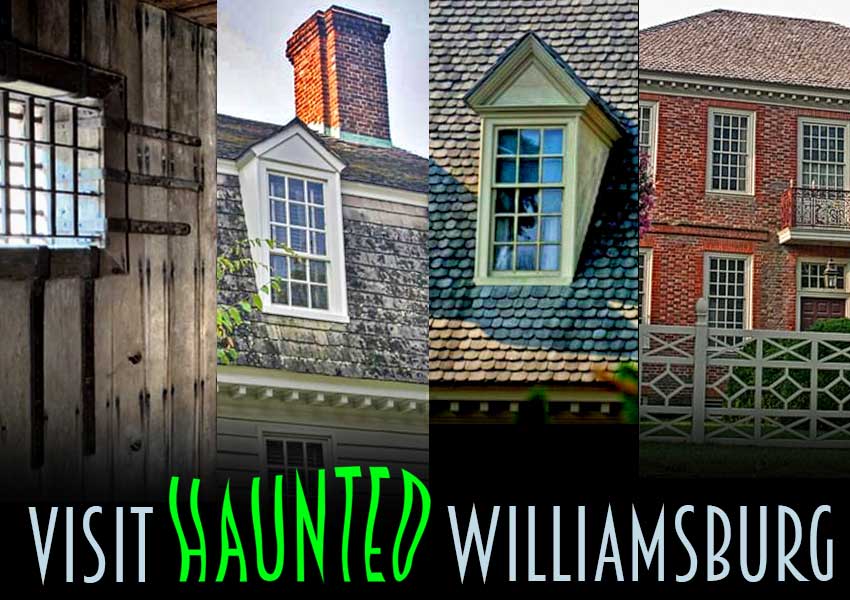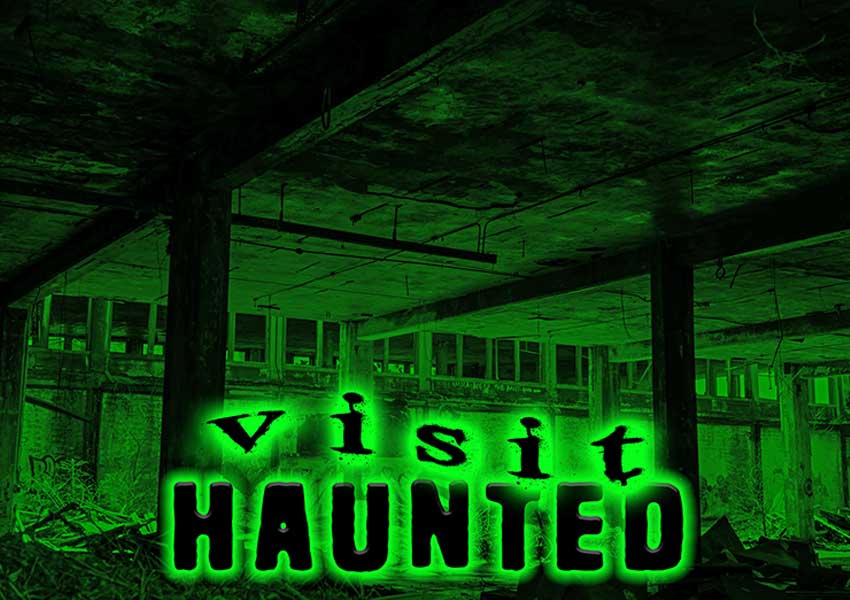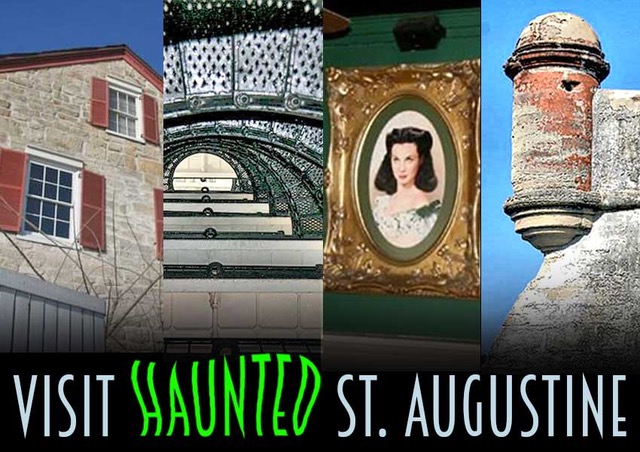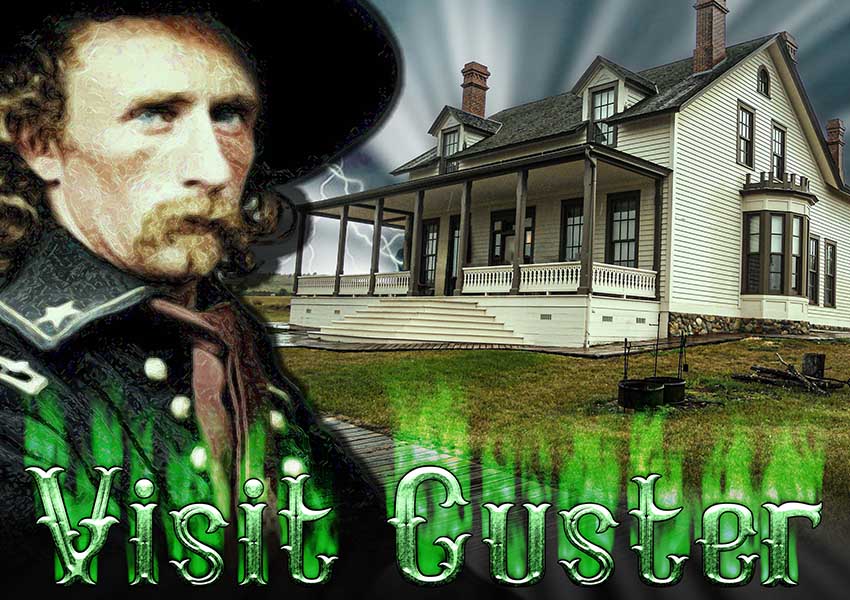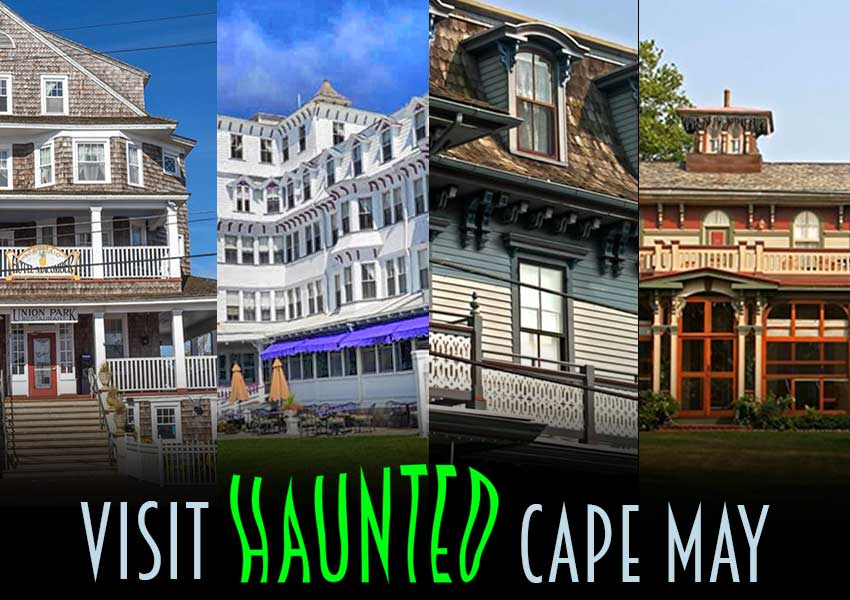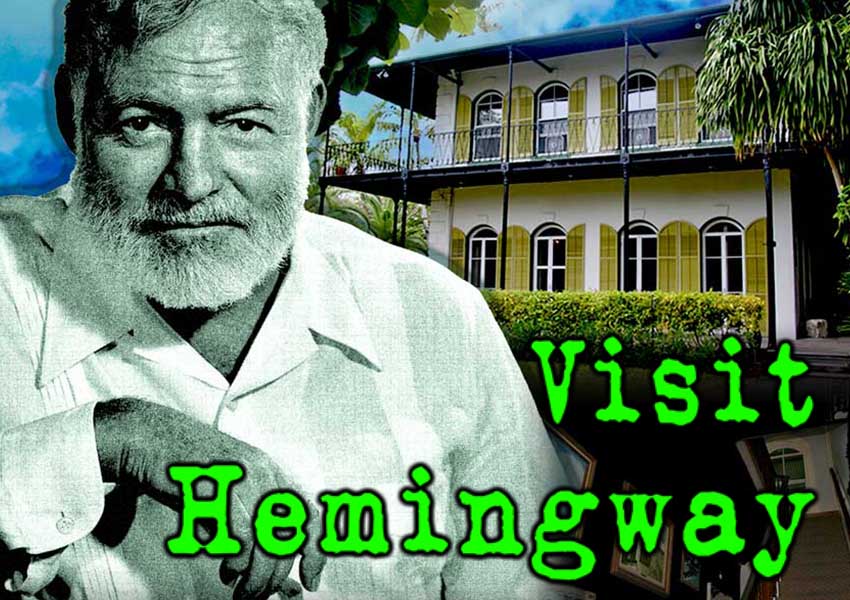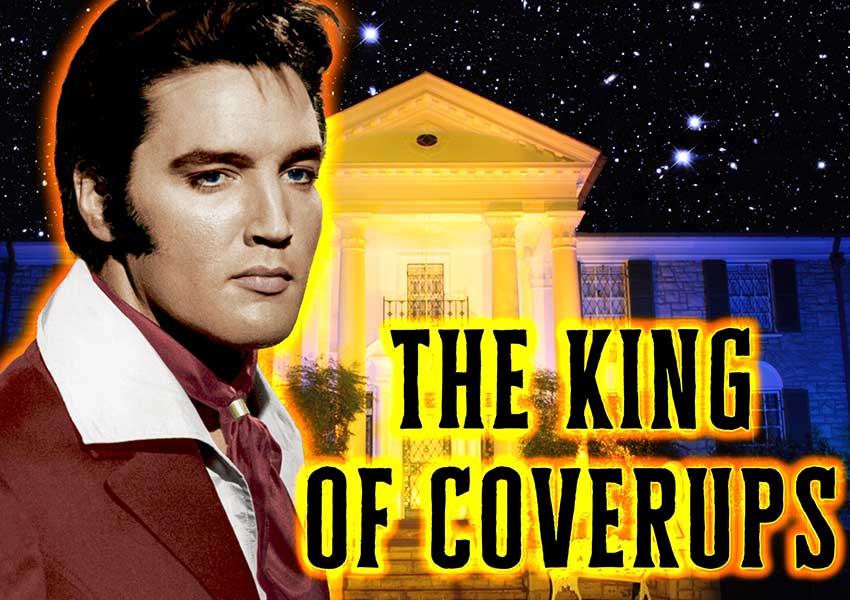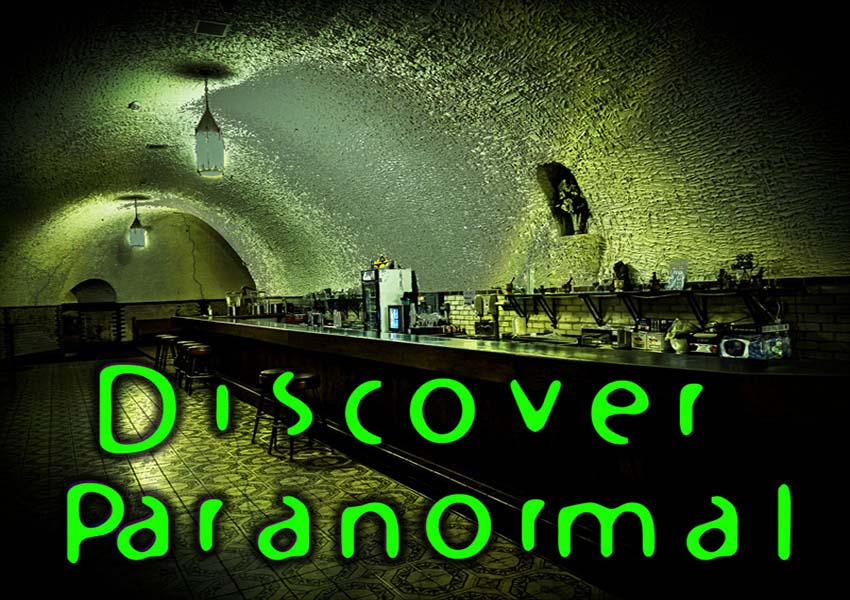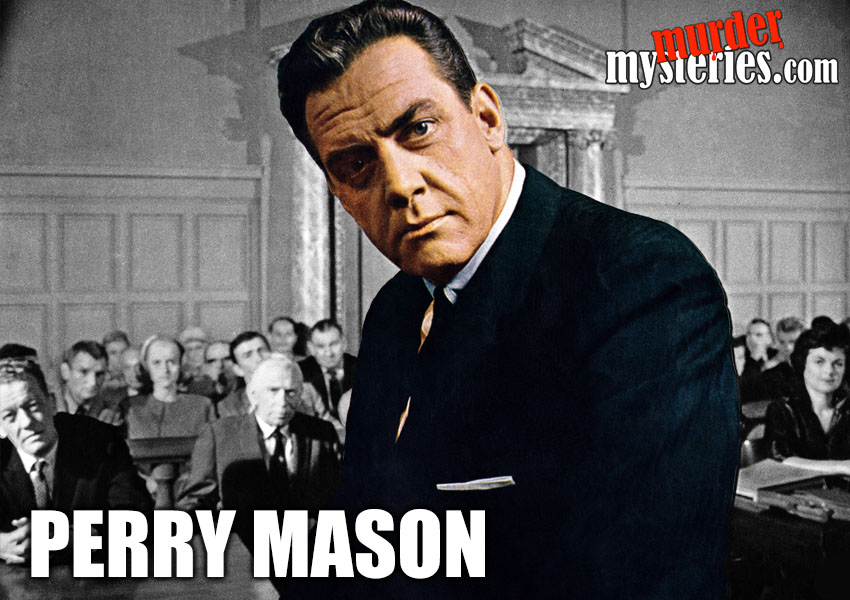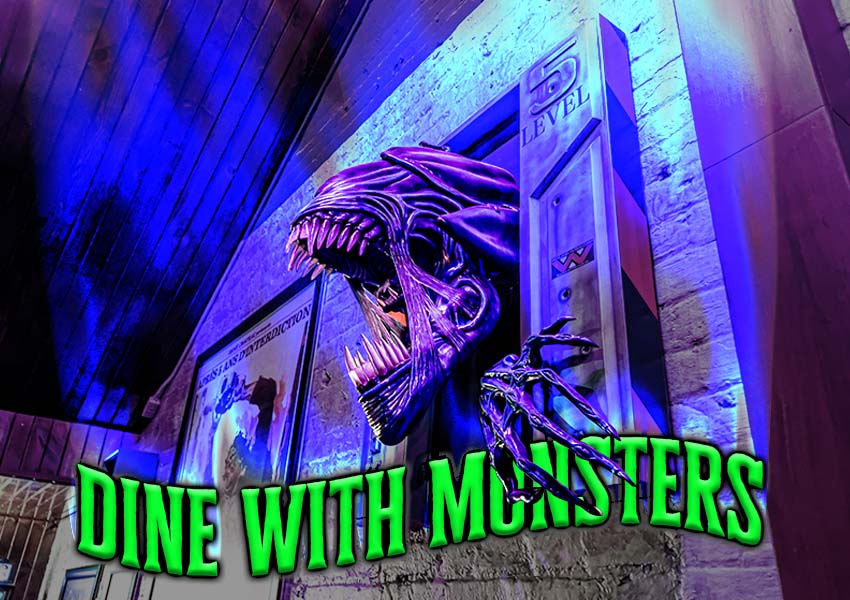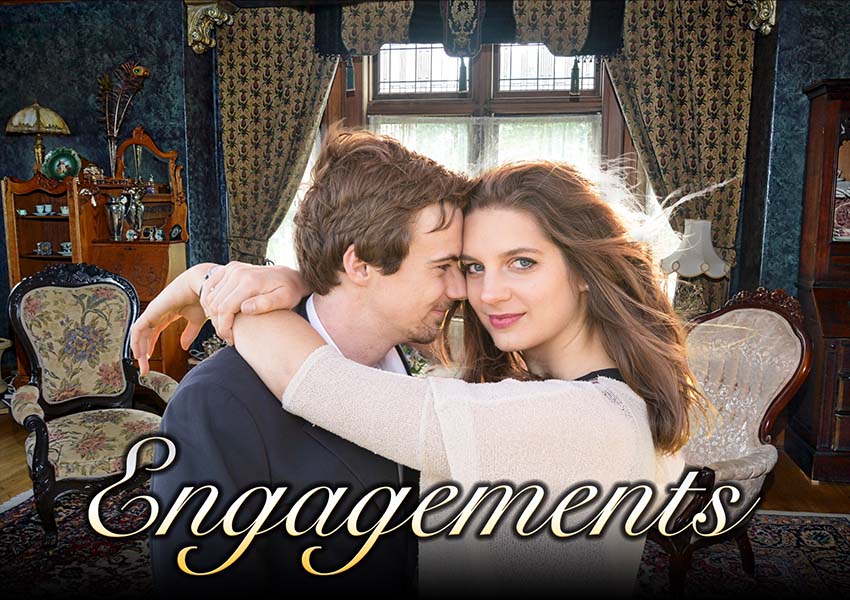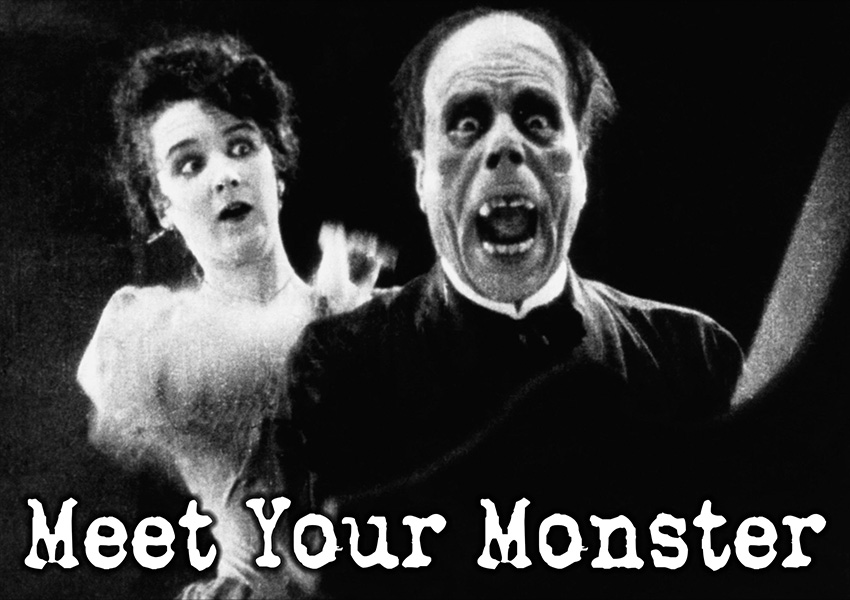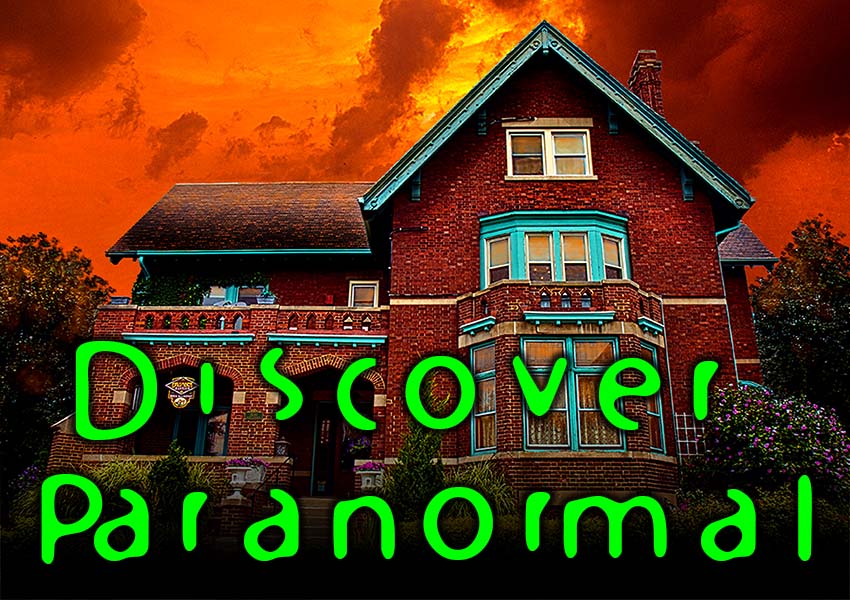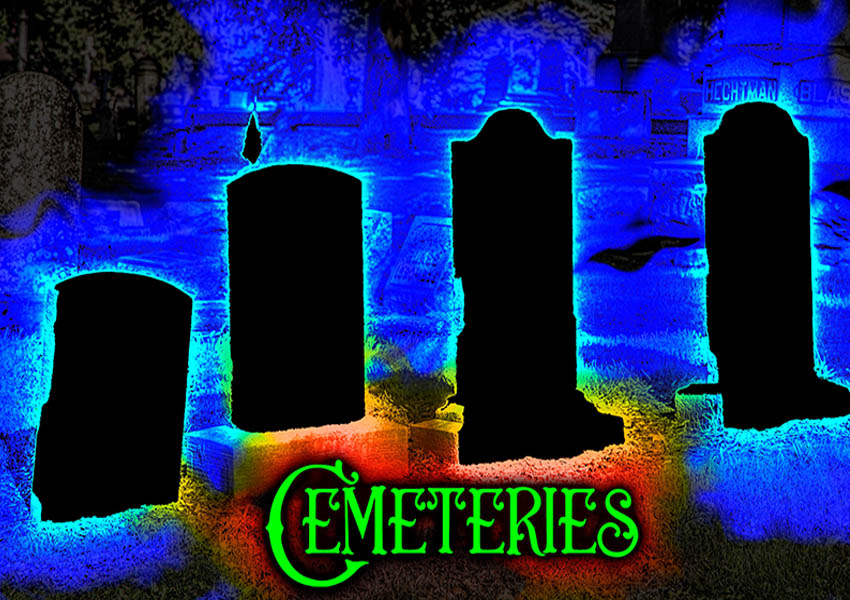Richmond Virginia
State Capitol Building
The infamous “Capitol Disaster” was caused by a weakened structure.
Sixty-two people were killed and another 251 injured here.
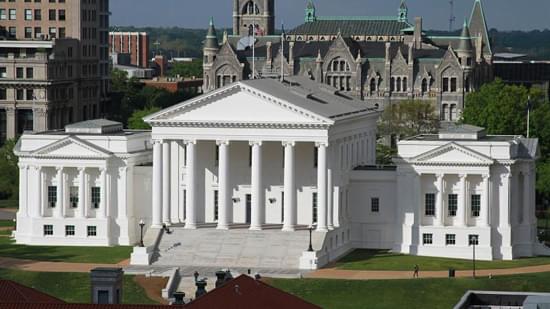
DESCRIPTION
The Virginia Richmond State Capitol Building is a much beloved historical structure in the architectural style of a Roman Temple, called Palladian; with a Cupula on top, after its creator, Italian baroque architect Andrea Palladio. The Capitol was modeled on the Maison Carrée, a roman temple in Nimes, France. “It is the world first neoclassic temple. It is also arguably the first legislative Building to recall a past architectural style to convey its form of government, a republic.”
The center Capitol Building is quite impressive with its Greek portico and white pillars. Inside, there is a domed rotunda containing Jean-Antoine Houdon’s full figure portrait of George Washington. Also on display are seven busts of the seven presidents from Virginia.
Capitol Square is a paved area right below the State Capitol Building that sits up on a hill. Visitors enter the State Capitol Building by going through the visitor center at the bottom of the hill. This was a 2004 renovation. The center Capitol Building has a West Wing for the Senate Assembly, and the East Wing for the House of Delagates. Early Republic, formal classical temple architecture style of this historic treasure is truly gorgeous! Guided tours will take the visitor through this beautiful Building. The West Wing and the East Wing are connected to the Main Capitol Building, and are mini roman temples, and blend nicely with the main structure in the middle.
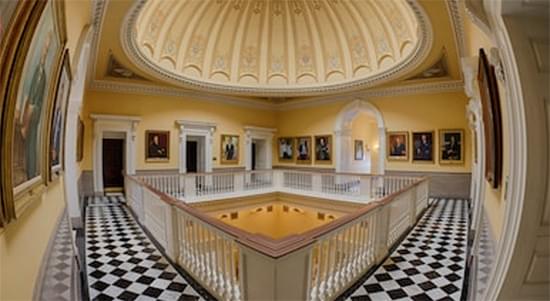 The Virginia Capitol Building is generously shared with the public and tourists.
The Virginia Capitol Building is generously shared with the public and tourists.
“Indoor guided tours are available last about one hour and include two newly restored rooms that were not previously on tour. In addition to the Rotunda, Old House and Old Senate chambers, tour groups usually see one of the 1906 legislative chambers located in the wings.”
The State Capitol grounds are on twelve acres of parkland. “Many monuments are situated throughout the 12-acre grounds. Among those honored with memorial trees on the grounds are presidents Washington and Tyler, governors Colgate Darden, Charles Robb and Gerald Baliles, and Nobel peace laureate Martin Luther King, Jr. The newest memorial in Capitol Square honors Virginians who were active in the Civil Rights movement.”
HISTORY
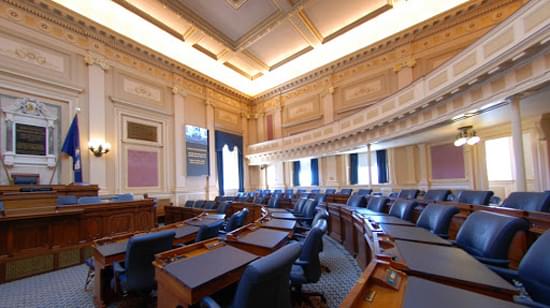 During the Revolutionary War, it was decided to move the Capitol of the Virginia Colony from Williamsburg to Richmond. After the Revolutionary War ended, Governor Thomas Jefferson and the Virginia General Assembly met in two commercial Buildings. In 1784, Thomas Jefferson designed the first Virginia State Capitol, with the help of French architect Charles Louis Clerisseau. They drew up plans to take of all three branches of Virginia’s government in Richmond; the new capitol city in Virginia.
During the Revolutionary War, it was decided to move the Capitol of the Virginia Colony from Williamsburg to Richmond. After the Revolutionary War ended, Governor Thomas Jefferson and the Virginia General Assembly met in two commercial Buildings. In 1784, Thomas Jefferson designed the first Virginia State Capitol, with the help of French architect Charles Louis Clerisseau. They drew up plans to take of all three branches of Virginia’s government in Richmond; the new capitol city in Virginia.
In 1779, the Virginia General Assembly agreed to consolidate and exist in the same structure.
This Roman Temple like Capitol Building Construction began in 1785, and it was finished 13 years later. All branches moved inside. The Senate Chamber is located in the south end of the Capitol, the Old House Chamber is located is located in the North end of the Capitol. From 1789-1840, the Senate Chamber was bigger so it could be shared with Virginia’s General Court and the Supreme Court of Appeals. In 1791, the Virginia General Assembly met inside the new Capitol Building to ratify the Bill of Rights to the United States Constitution.
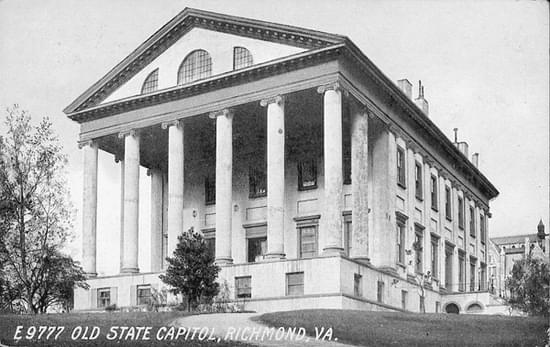 All three branches of government met here until the Capitol Disaster in 1870, which convinced many to move the Virginia General Court and the Supreme Court into new Buildings constructed on the street behind the Capitol Building. They considered tearing the whole Building down, but decided to just make it better, reinforcing the damaged/destroyed third floor chamber.
All three branches of government met here until the Capitol Disaster in 1870, which convinced many to move the Virginia General Court and the Supreme Court into new Buildings constructed on the street behind the Capitol Building. They considered tearing the whole Building down, but decided to just make it better, reinforcing the damaged/destroyed third floor chamber.
In 1904-1906, the first major renovation was led by architect John Kevan Peebles. An East Wing for the House of Delagates and a West Wing for Senate Chamber were added. The entire main structure in the middle was reinforced with steel, the outside steps were taken off the sides and rebuilt on the front of the Portico. On December 19th, 1960, the Capitol Building was listed on the National History Landmark. On November 5th, 1968, it was added on the Virginia Landmark Register in 1968.
The third major renovation took place in 2004-2007. The structure was restored to its 1907 appearance; both inside and outside. A major new extension to the Building was also added beneath the hill: a major public entrance into its visitor center on Bank Street; on the edge of Capitol square. Historical events of importance happened here.
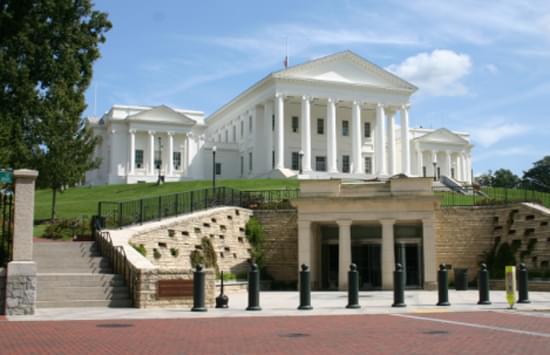 In 1791, the Virginia General Assembly met inside the new Capitol Building to ratify the Bill of Rights to the United States Constitution. In 1861, On April 17 the Convention delegates voted 88 to 55 to secede from the Union. Robert E Lee entered the House chamber and accepted command of Virginia’s military and naval forces.
In 1791, the Virginia General Assembly met inside the new Capitol Building to ratify the Bill of Rights to the United States Constitution. In 1861, On April 17 the Convention delegates voted 88 to 55 to secede from the Union. Robert E Lee entered the House chamber and accepted command of Virginia’s military and naval forces.
This Capitol Building and its grounds below it was a very busy place indeed, during the Civil War.
“Political speeches, military drills, band concerts, and public assemblies for celebration and protest occurred on the Capitol grounds throughout the war. Several prominent Confederate leaders lay in repose inside the Capitol. Capitol Square became a safe refuge for city residents during the Evacuation Fire in April 1865 and the Capitol itself quickly became a headquarters for Union authorities in the early phase of the military occupation of Richmond.” From May of 1861 to April 1865, Richmond was the Capitol of The Confederacy and they met in the Richmond Capitol Building. Uh Oh.
It was a bit crowed because Virignia lawmakers were still there too. When Richmond fell to the Union forces, most of Richmond was burned, and the Capitol Building barely escaped burning itself. Canon balls generally destroy stuff and cause fires. The Union Army of course set up its headquarters in the Capitol Building. They obviously were impressed and loved its beauty after experiencing the horrors of war. Union troops camped on the Capitol grounds. The basement was turned into a Guard Station.
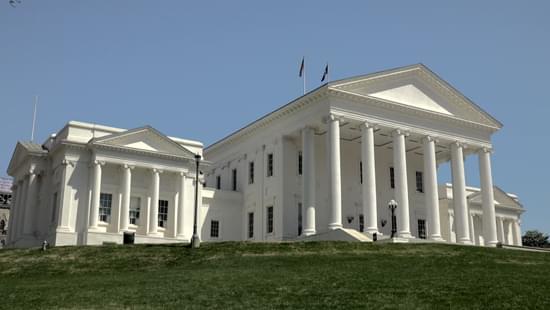 After women received the right to vote in 1920, two women were elected to the House of Delegates, and seven women served in the 1933 Virginia Convention that repealed Prohibition. In January of 1990, the Virginia Capitol and the square in front was the place where Virginia’s first African American Governor was sworn into office.
After women received the right to vote in 1920, two women were elected to the House of Delegates, and seven women served in the 1933 Virginia Convention that repealed Prohibition. In January of 1990, the Virginia Capitol and the square in front was the place where Virginia’s first African American Governor was sworn into office.
In January of 2004, a new restoration project was launched and finished in 2007. The project worked on a wide “range of issues” including: “Identification, dating and documentation of the historic fabric of the Building; Extensive historic research to determine the period of significance; Long-term preservation and restoration of materials, systems and assemblies; Unobtrusive introduction of new Building systems and 21st-century technology;Security enhancements; Design of a below-grade visitor center and support facility; Retention and restoration of the historically significant John Nottman landscape design;Interpretation of significant historic artifacts in the overall visitor experience.” This historic preservation of the Capitol Building extended the life of the Building and its support systems for approximately 30 more years.
HISTORY OF MANIFESTATIONS
When people die in an accidental disaster or a planned one; War, or in a painful massacre sometime can’t let go of their pain and terror they felt before dying.
During the end of the Civil War, Richmond was overtaken by the Union Army, and most of it burned, causing death for a lot of people; civilian and Confederate Army soldiers dying in flames and gunfire. AS the Capitol Building was about the only structure still standing, people may have been on their way to try to reach safety there.
On April 27, 1870, the infamous “Capitol Disaster” was caused by a weakened structure. On the third floor was the home of The Virginia Supreme Court of Appeals. A popular cases’s trial that had a lot of interest was about to render a verdict. The balcony and floor of the crowded courtroom collapsed into the empty hall of the House of Delegates on the second floor. It was deadly for the spectators and probably others on the first level of the courtroom itself. perhaps the bodies were removed and stored in the basement until the bodies could be claimed by next of kin.
Sixty-two people were killed and another 251 injured. The Governor and General Assembly moved back into their Capitol Building in October 1870 after the reconstruction of the third floor and its supports was done. The Supreme Court of Appeals was relocated to another Building and never returned to the Capitol. They eventually moved into their own Building built for them.
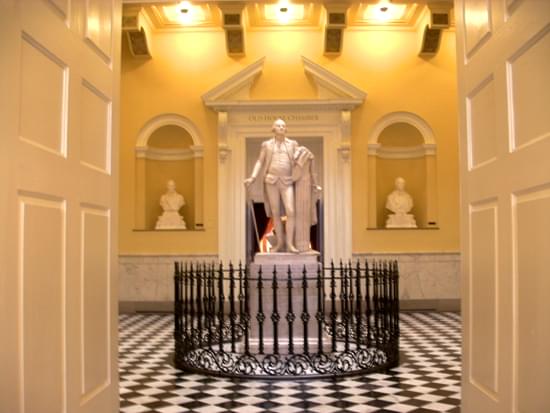
MANIFESTATIONS
Spirits Wailing in Agony
Either from the fire from war, the collapse of the third floor or from their war wounds that killed them.
Most of the activity was reported either in the sub-basement levels, on the second floor or the sixth floor. When I receive more information of these hauntings, I will add manifestations to this story.
Spirits of Past Representatives in the House of Delegates
A number of strange unexplained activities happening in the House of Delegates: including paintings moving, lights refusing to turn off.
Perhaps some spirits still want to do some preparation for their next session.
Ice cold air blasts are felt in the basement that have no natural cause.
Spirits from the “Capitol Disaster”
May never have left the basement.
Spirits from War Carnage
May have moved to this place; that gave then comfort while they were alive.
STILL HAUNTED?
Most Probably so!
Apparently, past victims of War, victims who died in the Capitol Disaster, and perhaps spirits of past representatives who still have a lot of work to do, despite being dead, still want to stay here in the Capitol Buildings.
Staff members, security guards, delegates, visitors have all had a boatload of personal experiences.
LOCATION
Virginia Richmond State Capitol Building
1000 Bank Street
Richmond, Virginia 23218
Richmond Virginia State Capitol Building is located in Capitol Square on the top of a hill; not far from the Virginia Executive Mansion and The Virginia Department of Criminal Justice Services.
SOURCES INCLUDE
- vagovernmentmatters.org
- HAUNTED PLACES: THE NATIONAL DIRECTORY by Dennis William Hauck, Penguin Books
- www.nbc12.com
- virginiacapitol.gov
- hnps.gov
- encyclopediavirginia.org
Our Haunted Paranormal Stories are Written by Julie Carr
Our Photos are copyrighted by Tom Carr
Visit the memorable… Milwaukee Haunted Hotel

